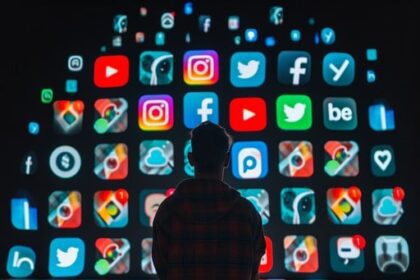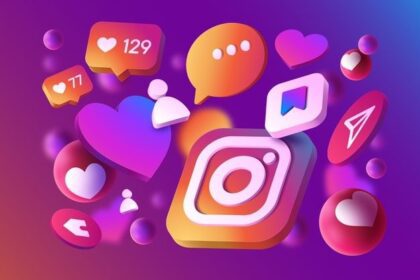Going viral isn’t magic it’s math, psychology, and timing disguised as luck. While millions of businesses post daily, only a few break through the noise, capturing the internet’s attention and turning views into revenue.
From Dollar Shave Club’s witty launch video to Nike’s culturally charged campaigns, viral brands share patterns that any entrepreneur can learn and apply. The secret? They don’t just market products they engineer moments people want to share.

The Psychology Behind Virality
Humans share content for two main reasons: self-expression and social connection. If a brand’s message helps people look smart, funny, or part of a movement, it has a higher chance of spreading.
Jonah Berger, Wharton professor and author of Contagious, found that viral ideas often trigger:
Social currency: Content that makes sharers look good.
Emotion: Joy, awe, or outrage.
Practical value: Useful tips or surprising hacks.
Turning Influence into a Brand
The turning point came when a major beauty brand noticed her engagement rates and offered a paid collaboration. Instead of simply endorsing others’ products, she saw the bigger picture: Why not create her own?
She started with a single product a lipstick shade she had worn in dozens of posts. Limited quantities sold out within hours. This wasn’t just a product launch; it was a community event. Every purchase was personal, every package included a handwritten note.

Strategy 1: Start with a Story, Not a Product
Viral brands understand that stories travel faster than specs. When Airbnb was struggling early on, it didn’t market “cheap stays.” It told stories about unique homes and authentic experiences.
If you sell coffee, don’t just post latte art tell the story of the farmer who grew the beans.
Strategy 2: Create Shareable Moments
Dollar Shave Club’s first video didn’t just describe razors it created a comedic moment that begged to be shared. These moments are:
- Short
- Emotionally charged
- Unexpected
If you can package your brand into a surprising, bite-sized format, your audience will spread it for you.

Strategy 3: Build a Movement, Not Just a Campaign
Nike’s “Dream Crazy” with Colin Kaepernick went viral not because it was trendy, but because it tapped into a cultural conversation. Movements spread because they give people something to rally behind.
Ask yourself: What does my brand stand for beyond the product?
Strategy 4: Ride Cultural Waves
Timing can amplify or kill virality. Brands like Oreo during the 2013 Super Bowl blackout (“You can still dunk in the dark”) went viral because they hijacked a moment everyone was already talking about.
Strategy 5: Make It Native to the Platform
Content that goes viral on TikTok looks nothing like what works on LinkedIn. Smart brands design content for the culture, format, and humor of each platform rather than cross-posting.

The Virality Flywheel
- Hook Attention – First 3 seconds matter.
- Deliver Emotion or Value – Give viewers a reason to stay.
- Make Sharing Effortless – Short, relatable, and platform-friendly.
- Feed the Algorithm – Engage back quickly to boost visibility.
- Repeat with Iteration – Test and double down on what works.
Conclusion
The brands that go viral aren’t lucky they’re strategic. They understand people don’t share ads; they share experiences, emotions, and identities.
Virality is a byproduct of meaning—when your message matters, the internet does your marketing for you.
FAQ
1. Is going viral guaranteed to boost sales?
Not always if your content is entertaining but not connected to your product, you might get attention without conversions.
2. How can small brands go viral?
By being nimble, riding trends, and focusing on authenticity rather than big budgets.
3. What’s the most important ingredient in virality?
A clear emotional hook that resonates with your audience’s identity.
4. Should brands try to go viral or focus on steady growth?
Ideally both—viral moments can spike growth, but steady brand building sustains it.
5. Which platforms are best for going viral?
TikTok, Instagram Reels, and X (Twitter) are currently the most conducive to fast organic reach.






